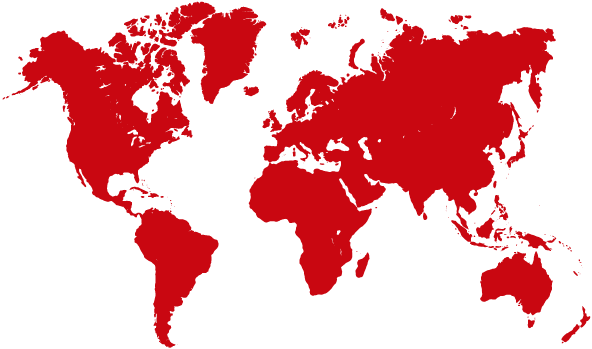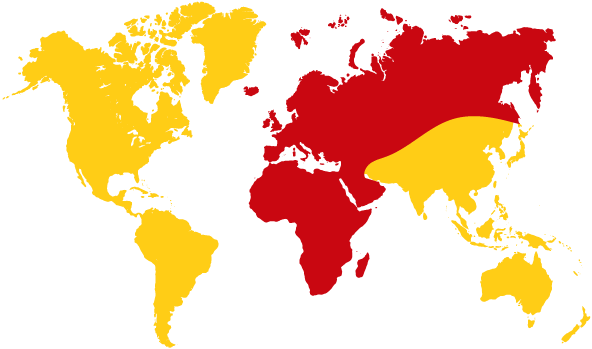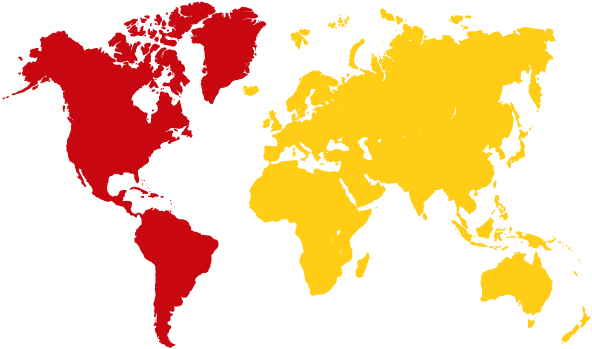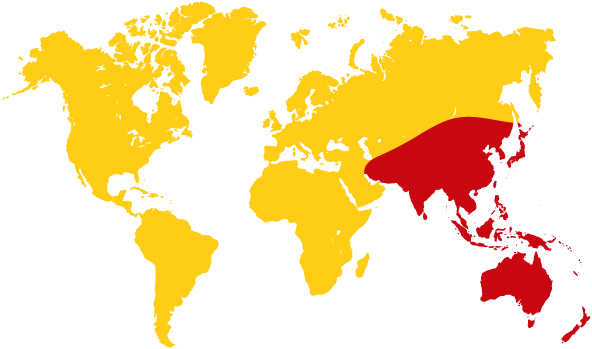Following recent heavy monsoon rain in the sprawling and densely populated Mumbai on India’s west coast, HAMS were involved in response preparedness.
Jayu Bhide VU2JAU, the National Coordinator for Disaster Communication in India, tells us that when Mumbai was hit by rains, HAMS were deployed at various vital locations.
Through the Disaster Amateur Radio Emergency Services (DARES) based at Mumbai, HAM stations were set up for the Police Commissioner, Disaster Management for Maharashtra State, and the Municipal Corporation of Greater Mumbai.
Jayu VU2JAU said, “HAM stations are included in the Standard Operating Procedures in preparedness to handle any emergency communications if required.”
Mumbai had disastrous floods in 2005 that cut all mobile and landlines. At least 10 HAMS are involved this time, and through DARES train should there be another disaster with the loss or overloading of communications.
Jayu VU2JAU said the situation was now under control, rain water had receded and people have started moving on the streets.
He noted that Mumbai HAMS have again shown they can work alongside agencies that have the overall responsible for disaster planning and response. Such an example could be followed by other cities and local administrations.
‑Jim Linton VK3PC, Chairman IARU Region 3 Disaster Communications Committee.



